Learn how to cut cabbage for a variety of dishes including slaws, stir fries, soups, and more! This easy-to-follow guide will show you step-by-step how to slice it into wedges, shreds, and squares like a pro.

Cabbage Benefits
No matter which type of cabbage you choose, it's an incredibly healthy addition to your diet. As a member of the brassica family, which includes broccoli, cauliflower, kohlrabi, and kale, cabbage is loaded with nutrients such as folate, vitamin C, vitamin K, potassium, magnesium, and calcium.
Despite containing only 22 calories per one-cup serving, cabbage is a great source of digestion-boosting fiber, antioxidants that fight inflammation, and phytosterols that help to maintain healthy cholesterol levels.
If you're choosing between red or green cabbage, know that red cabbage has a higher vitamin C content; one cup of red cabbage contains 85% of the recommended daily intake of vitamin C.

Types of Cabbage
When you browse through the produce section of your grocery store, you'll likely come across several types of cabbage, including:
- Green cabbage: With its dense, pale leaves that pack tightly into round heads, green cabbage is perfect for classic coleslaw and can also be cooked in soups and sautés.
- Red cabbage: Similar in appearance to green cabbage, but with a red coloration, red cabbage is great for slaws, grain bowls, or roasted dishes.
- Napa cabbage: This Chinese variety of cabbage has an ovular shape and features crisp white stems and soft, frilly pale green edges. It can be enjoyed raw or cooked, especially in dishes like stir-fries and sautés.
- Savoy cabbage: While this round, green cabbage may look similar to green cabbage, its leaves are more loosely packed with a softer, rufflier texture. Originating from the French Alps, Savoy cabbage is a great substitute for napa cabbage in many recipes due to its tender texture.
How to Cut Cabbage For Slaw
- Remove any damaged or browned outer leaves and give the head a thorough rinse under cold water.
- Place the cabbage head on a clean work surface or cutting board and locate the stem or core.
- Use a chef's knife to cut the cabbage in half lengthwise.

- To shred cabbage, remove the triangular core. Cut into the core at an angle where the stem meets the leaves, and remove it from each half.

- Place the halves, cut side down, on the cutting board. Then, starting at the end opposite the stem, cut crosswise from top to bottom into thin slices.

How to Cut Cabbage Into Wedges
- Remove any tough or discolored outer leaves and rinse the cabbage under cold water. Pat it dry using paper towels or a kitchen towel.
- Then, locate the stem or core at the bottom of the cabbage where the leaves meet. Using a sharp chef’s knife, cut the cabbage in half lengthwise through the core.

- Cut the halves in half again lengthwise through the core to create four wedges.

You can slice the pieces through the core until they reach your desired thickness. In our opinion, a thickness of 1 to 1 ½ inches is ideal for searing or roasting.

How to Cut Cabbage into Squares
- Cut the cabbage in half, from the top of the cabbage through the middle of the stem.
- Place the flat cut-side of the cabbage down and cut the half cabbage into wedges.
- Flip over the wedges and cut diagonally, removing the core.
- Place the cabbage cut-side down and cut into 3-4 slices, depending on the size of your cabbage.
- Then, repeat perpendicular to the slices to make square cuts of the cabbage.

How to Use a Mandoline to Shred Cabbage
The mandolin is a useful kitchen tool that can efficiently slice, shred, and julienne firm vegetables. If you want to use a mandolin to slice cabbage, it's easy to do and it's great for making large quantities of shredded cabbage for parties or groups.
- Place your mandolin on a stable work surface and adjust the flat blade to your preferred thickness using the knob or dial provided. You may need to quarter the cabbage to fit it on the mandolin's cutting surface.
- Carefully move the cabbage wedge in one smooth motion across the blade, from one end to the other. As you slice, the cabbage will fall beneath the mandolin, and you can transfer it to a bowl as you work.
- It's best not to slice the entire wedge on the mandolin. When you get close to the end, switch to a chef's knife to slice the remainder and start again with a fresh wedge.
What Can I do With All That Shredded Cabbage?
A plentiful amount of shredded cabbage can be put to good use with these delicious dishes:

- Coleslaw: Whether you prefer a creamy or vinegar-based dressing, coleslaw with its satisfying crunch is always a crowd-pleaser. Make sure to prepare extra!
- Tacos: Add it to your homemade tacos, mixed with Pico de Gallo or as a raw topping for fish tacos.
- Stir fry: For a quick and tasty midnight snack, stir fry some raw cabbage over high heat with sesame oil, chili paste, and garlic. Top with a fried egg for an extra treat.
- Soup: The Best Cabbage Soup is a magical dish for shedding a few pounds and feeling great while doing it.
🗄️ How to Store Cabbage
- Remove any wilted or damaged outer leaves from the cabbage.
- Leave the remaining outer leaves intact to protect the cabbage.
- Rinse the cabbage under cold running water and pat dry with paper towels.
- Wrap the cabbage tightly in plastic wrap or aluminum foil to keep it from drying out.
- Store the wrapped cabbage in the crisper drawer of your refrigerator, where it can stay fresh for up to two weeks.
❗ If you've already cut the cabbage, wrap the remaining pieces tightly in plastic wrap and store them in a resealable plastic bag in the refrigerator. Cooked cabbage can also be stored in an airtight container in the fridge for up to four days.
Delicious Cabbage Recipes
Imitation Crab and Cabbage Salad
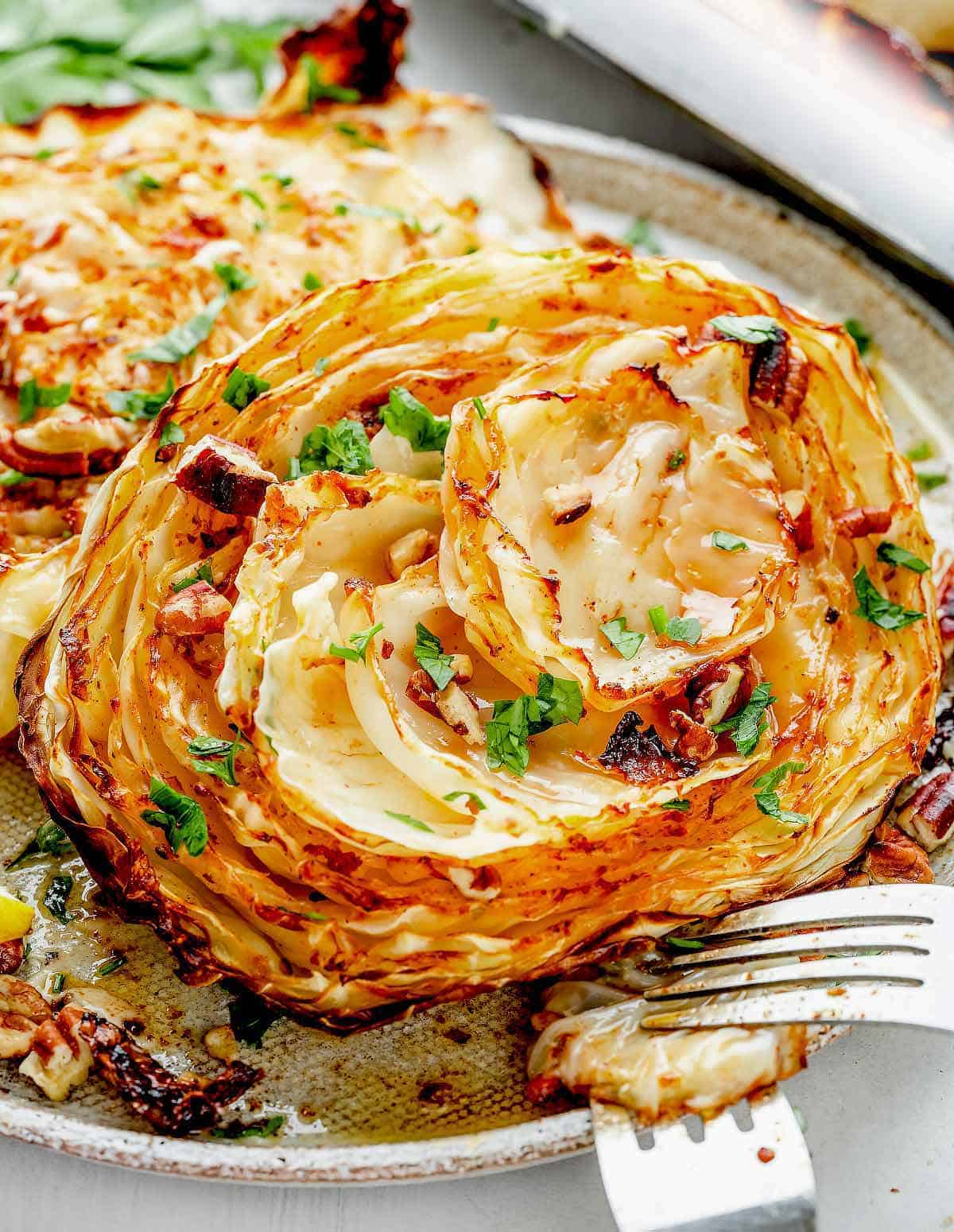

If you make this recipe be sure to leave a comment or give this recipe a rating ⭐⭐⭐⭐⭐! I will be happy to hear from you!
Print
How to Cut Cabbage
- Total Time: 10 minutes
- Yield: 8 1x
Description
Learn how to cut cabbage into wedges, shreds, and squares for various dishes like slaws, stir-fries, and soups with this step-by-step guide. Start honing your cabbage-cutting skills now!
Ingredients
- 1 head cabbage
Instructions
- Remove any tough, discolored, or wilted outer leaves. Rinse the cabbage under water and pat it dry. Then, place it on a cutting board.
- How to cut cabbage into wedges: Locate the stem or core at the bottom of the cabbage where the leaves join together and use a sharp chef's knife to slice the cabbage in half vertically through the core. Cut each half in half again vertically through the core to form four wedges.
- If you want to cut thinner wedges for roasting or searing, continue cutting the cabbage wedges vertically through the core until they reach your desired thickness.
- For shredded cabbage for slaws or sautés, use a chef's knife to cut the cabbage in half lengthwise, making sure to cut all the way through the core. Cut into the core at an angle where the stem meets the leaves, and remove it from each half. Place the halves, cut side down, on the cutting board. Then, starting at the end opposite the stem, cut crosswise from top to bottom into thin slices.
- To cut cabbage into squares for a stir-fry or soup, cut each wedge into 1-inch slices lengthwise, and then cut them into 1-inch slices crosswise to form a grid. The leaves will separate into squares.
Equipment
Notes
Storage:
- Remove any wilted or damaged outer leaves from the cabbage.
- Leave the remaining outer leaves intact to protect the cabbage.
- Rinse the cabbage under cold running water and pat dry with paper towels.
- Wrap the cabbage tightly in plastic wrap or aluminum foil to keep it from drying out.
- Store the wrapped cabbage in the crisper drawer of your refrigerator, where it can stay fresh for up to two weeks.
- If you've already cut the cabbage, wrap the remaining pieces tightly in plastic wrap and store them in a resealable plastic bag in the refrigerator. Cooked cabbage can also be stored in an airtight container in the fridge for up to four days.
- Prep Time: 10 min
- Category: Cooking Tutorials
- Cuisine: American
Nutrition
- Calories: 56 kcal
- Sugar: 6 g
- Sodium: 41 mg
- Fat: 1 g
- Saturated Fat: 1g
- Carbohydrates: 13 g
- Fiber: 6 g
- Protein: 4 g
All rights reserved. CHEF JAR. All images and content are copyright protected. PLEASE do not use my images without my permission. If you want to share this recipe, PLEASE provide a link back to this post.

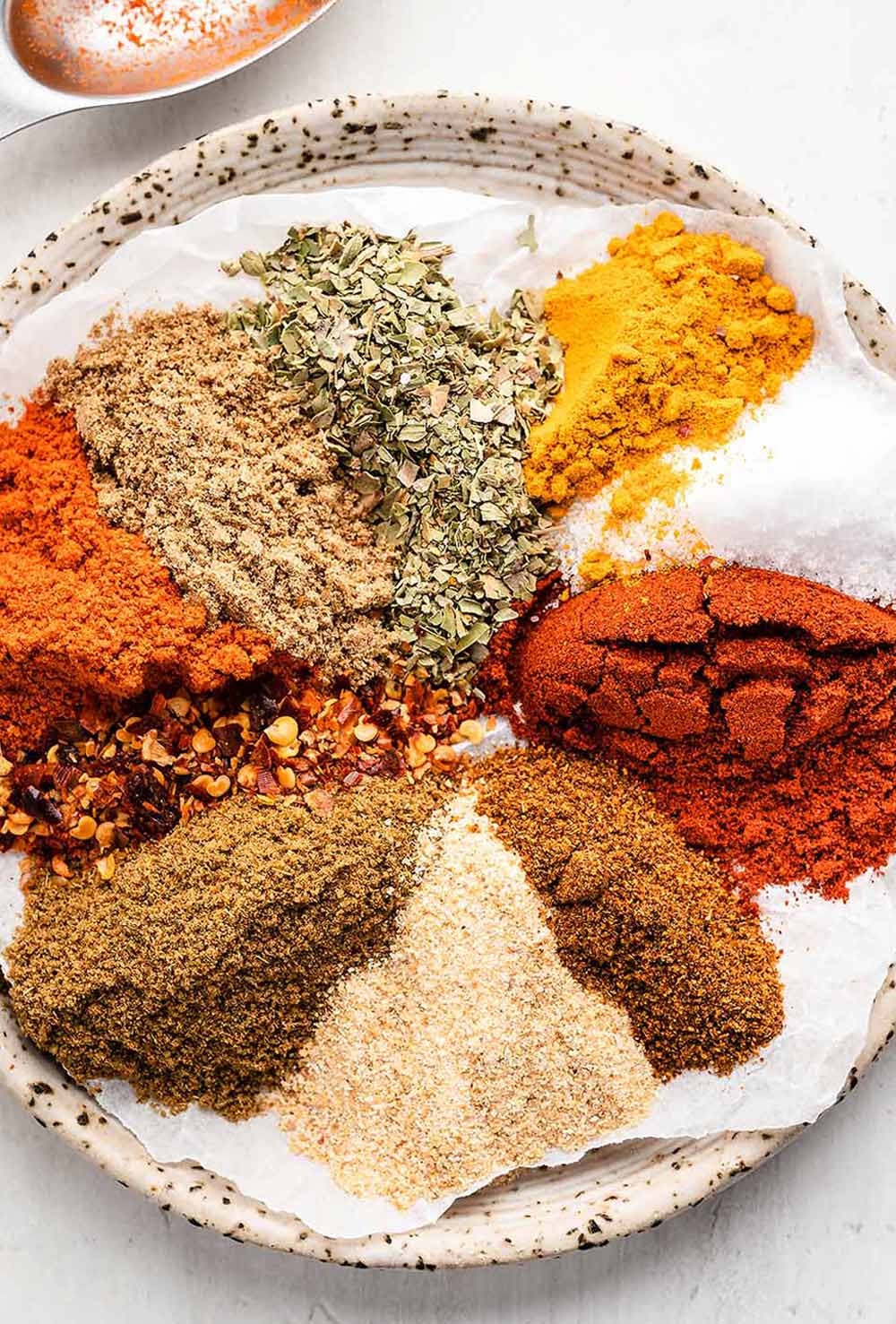
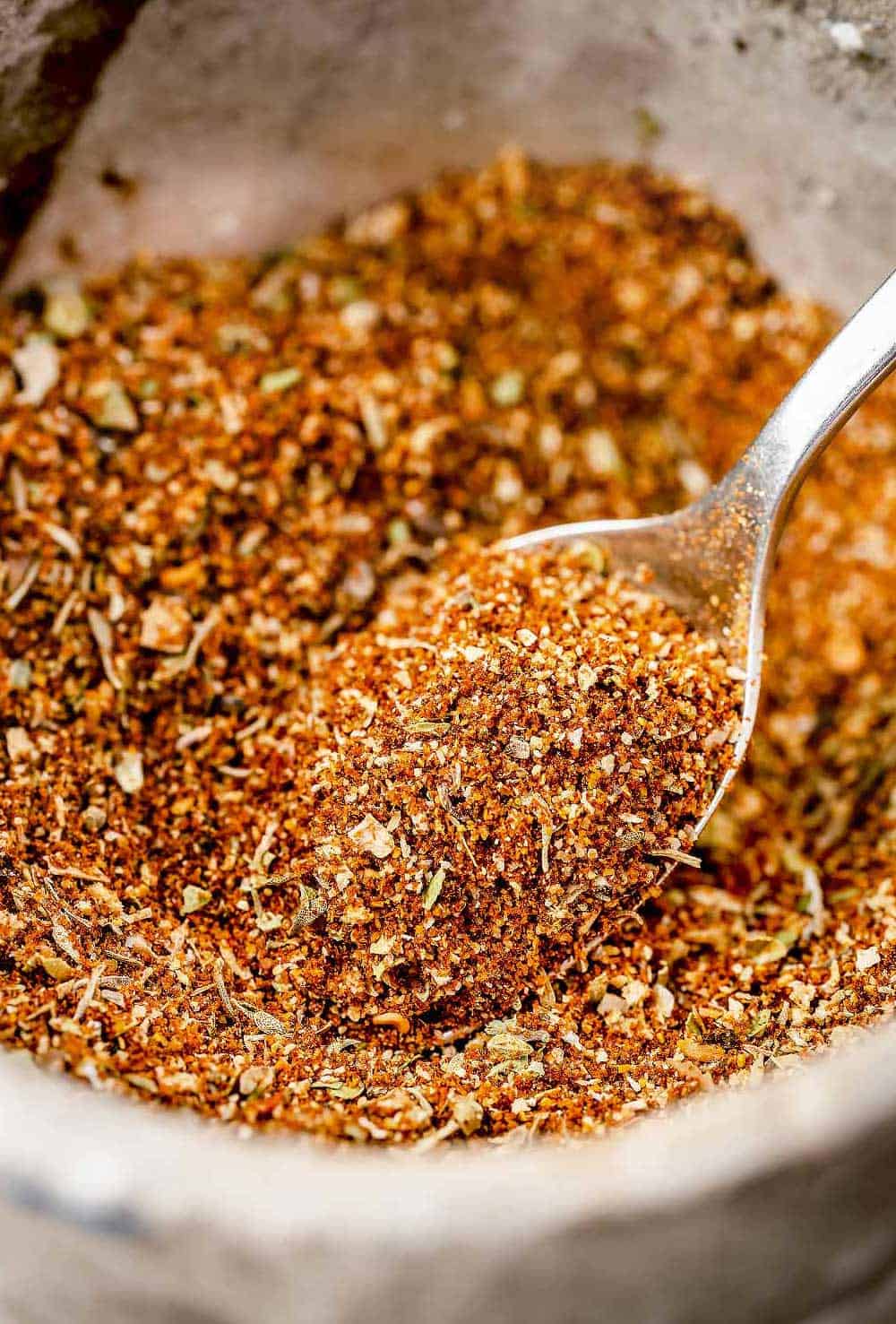
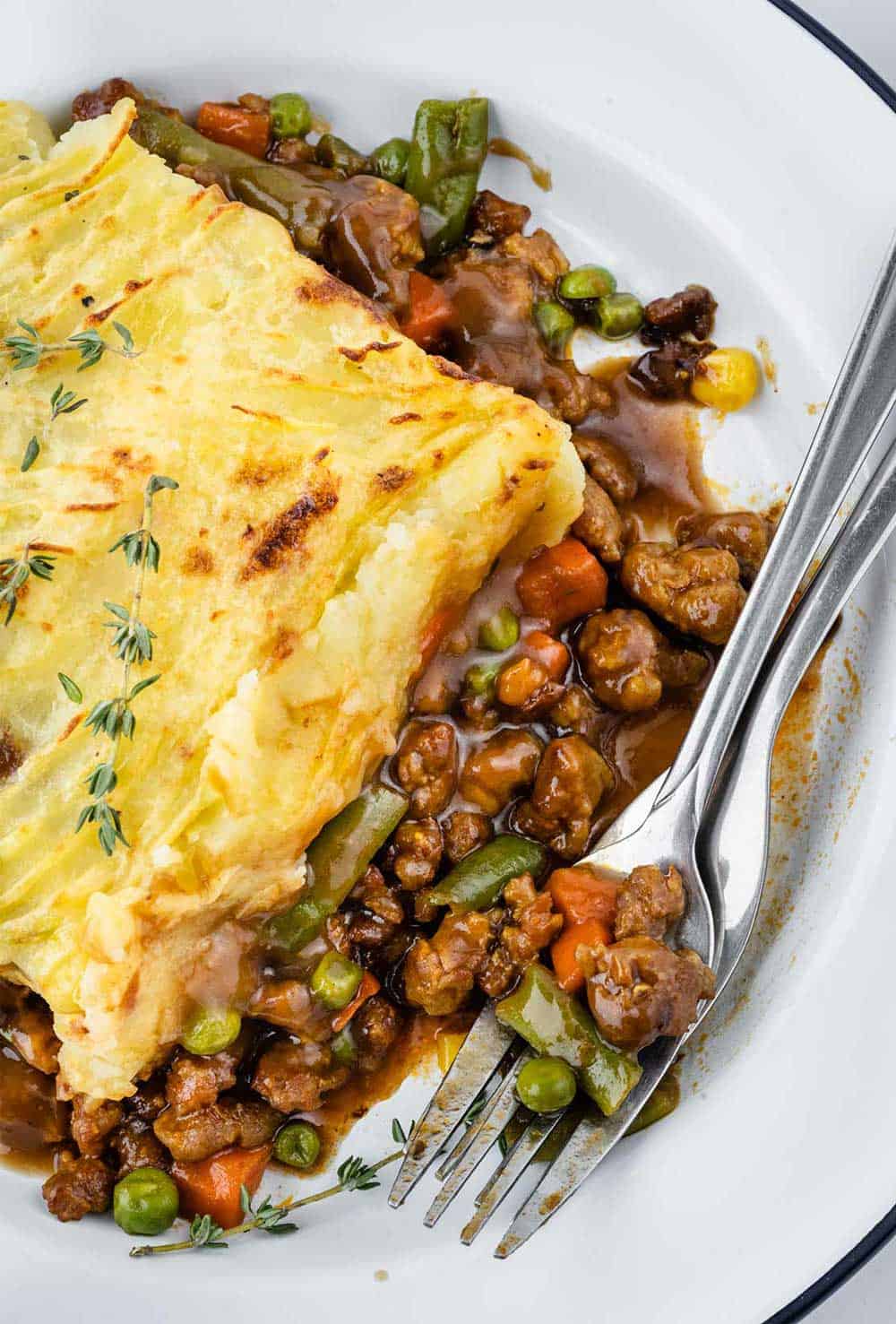
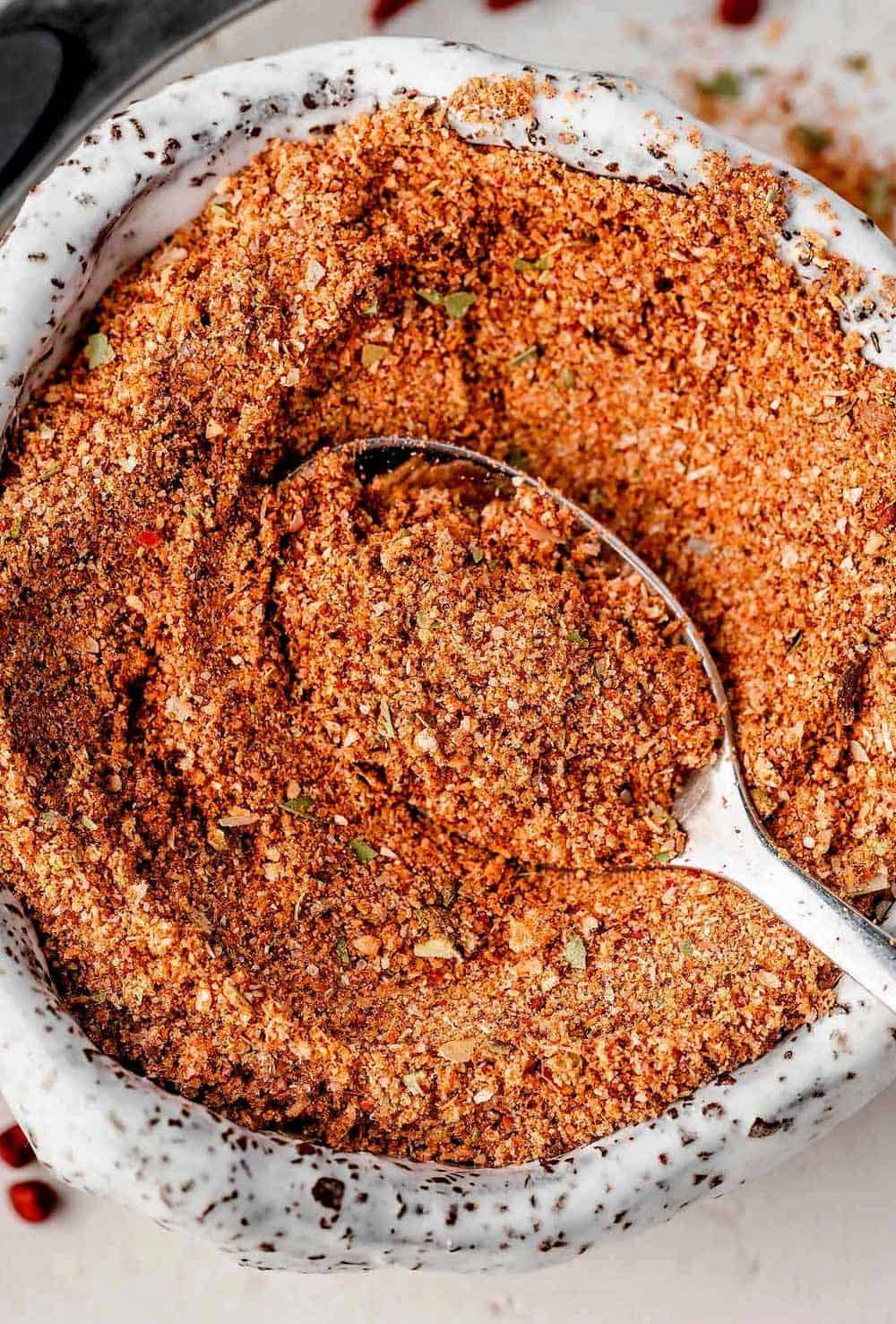
Leave a Reply